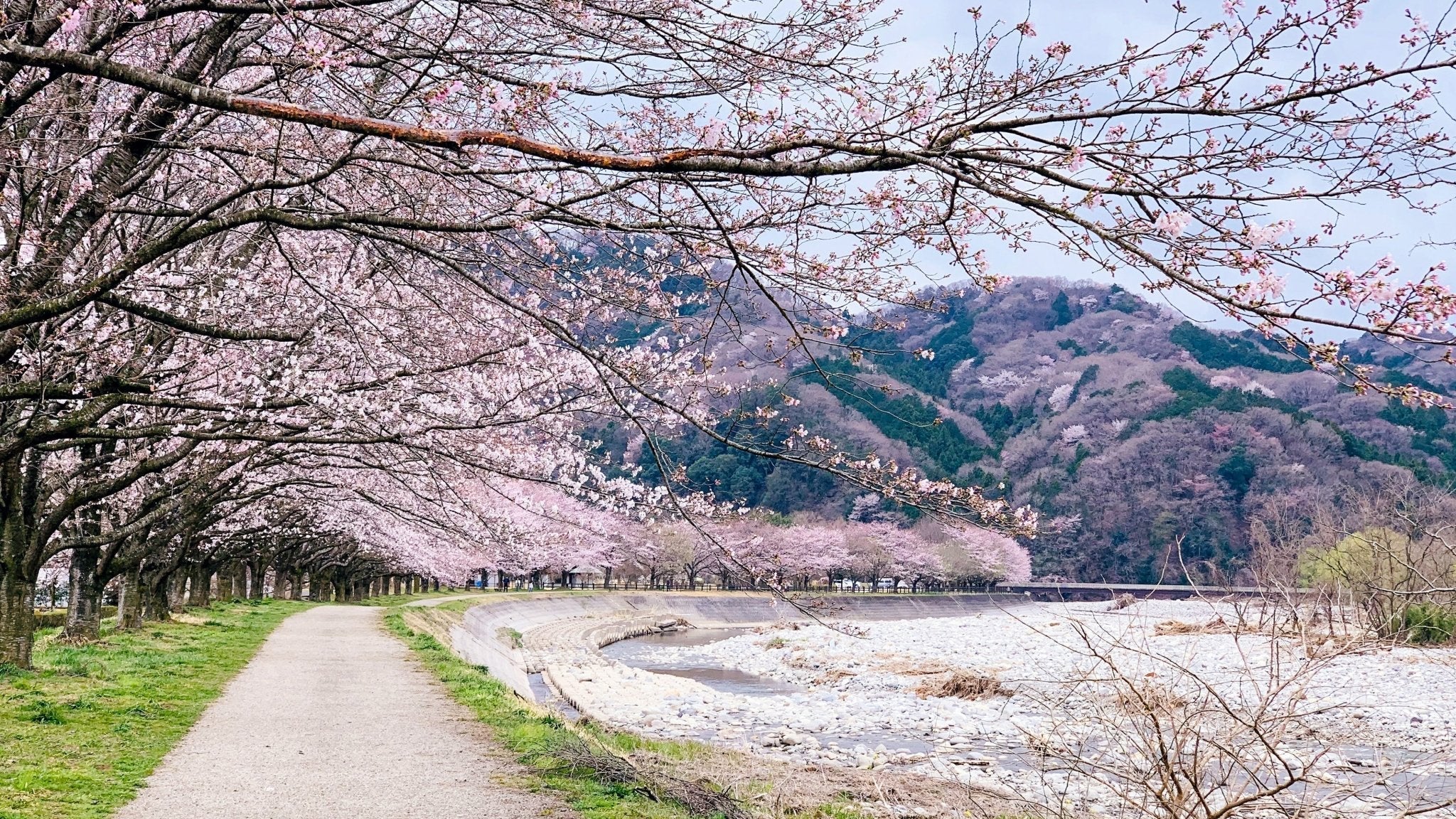
Beauty Blossoming—Japan’s Cherry Trees
Written by Michael Pronko

Recently, I walked through Shinjuku Gyoen Park, famed for its cherry blossoms. Even on a cloudy, windy afternoon, the elegant walkways were packed. Lovers strolled, old friends chatted, kids skipped and laughed, colleagues joked and nodded, and everyone posed and took photos, hundreds of hundreds of photos.
It was impossible to find any angle without strangers in the frame. What other flower is so loved that everyone photobombs everyone else? And then shrugs and smiles about it? But maybe we weren't strangers. We were cherry blossom lovers united. We entered other people's photos, and they entered ours.

Maybe one reason people love cherry trees is because they seem so alive. They're different from too-tall pines or majestic cedars, which command awe and respect, or even from smaller blossoming trees, which are necessary and nice. Cherry trees feel closer. The heavy, creaky branches hang down to the earth to meet humanity halfway, like a warm handshake from an old friend.

Even an old cinderblock wall or a dusty schoolyard is transformed by a single cherry tree. They transform blacktop or plain old dirt into something magnificent, dropping their petals like a comforting shawl over the world's shoulders. People will stop in front of a single tree for a few minutes on their way home, even if they would never stop there any other time of the year. They get us to pause from the rush of our lives.


But I like the daytime better. You can see the full glory of the trees and I love watching people taking photos of people as they nestle themselves against the blossoms, burying themselves in their beauty. I noticed an older woman with a cane brushing her hair and preening her outfit while a friend, or maybe her sister, waited for her to get ready. Like the trees, she was not too old to look good, not too shy to let her beauty show.

Many foreigners in the park, some perhaps witnessing the spectacle for the first time, held their camera gear in hand, looking too overwhelmed to know where to start. Their multilingual "wows" continued as their fingers began pressing the shutter button. They seemed to slip into a sort of awed contemplation of what is such a simple, great idea—putting cherry trees all over the place.

And people follow suit. Everyone moves differently around the trees. As I looked over the open grounds of the park, everyone's strolling was close to dancing. Women sashay and roll their hips. Men bob their heads and twist their shoulders. People turn to each other—smiling, touching—and then gently drifting apart. It isn't just the kids in constant motion. Everyone sways like dancers in tune with the music of the trees.
People move back and forth in the light trying to find the best angle to photograph. They search for the right perspective to catch the dappled whites and pinks shifting from glossy to matte to electric. When the sunlight hits them, the color can be almost painful. People seem to be pleading with their cameras to work better to catch all of the beauty they can.
The beauty pulls people away from constantly checking their phones. Yes, they check the last photo to make the next one better, but they connect the trees to something deep inside themselves, letting the surface of emails, messages, and online searches disappear for a while. The blossoms are like the opposite of what pops up on a smartphone screen—not just ad-free, but are open and natural, and real.

And even among the trees, they flock to the more impressive ones like birds to a feeder, wiggling as close as they can, like carp to crumbs tossed in a pond. There is no hope of getting an individual shot near the prettiest, fullest trees. No angle allows just one person and the tree. There are always too many people.

And in front of the most resplendent trees, people always take extra time to prepare. They don't want to look sloppy when the background is so spectacular. Those taking the photos take the photos more carefully, too. They squint at their screens, twist the lens, and position the shot like cinematographers. Standing there in the act of photographing a fully blossoming cherry tree, it's as if, for a moment, everyone touches the most sublime beauty. We feed off it. We want to take a photo with that, to wrap ourselves in it, and exist for a moment, beneath the branches, and in the photograph forever. And when, at last, we have to leave the trees, we console ourselves that next year, we can again stand in front of the cherry trees to replenish our supply of beauty and recharge our senses to last another year.



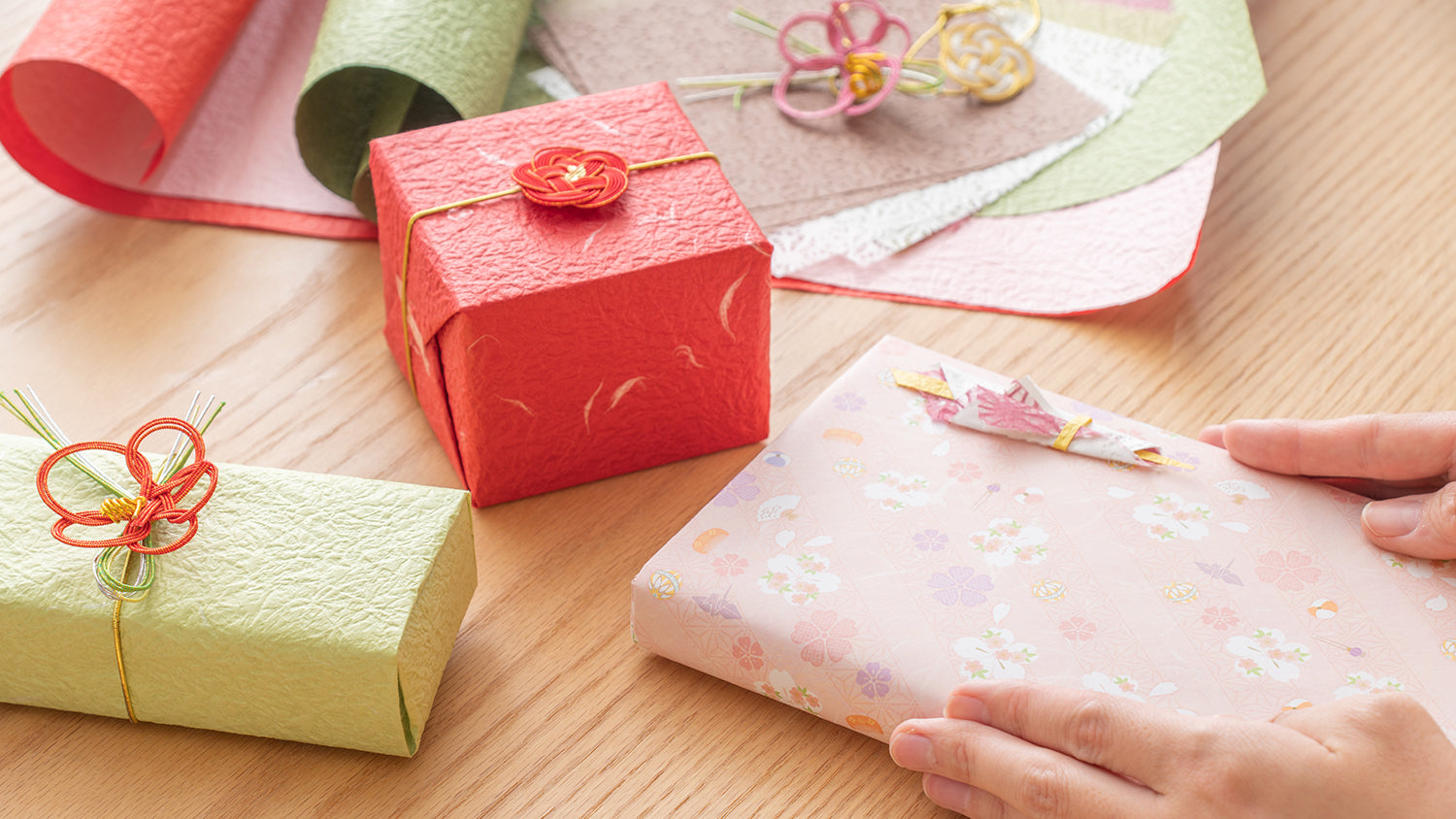
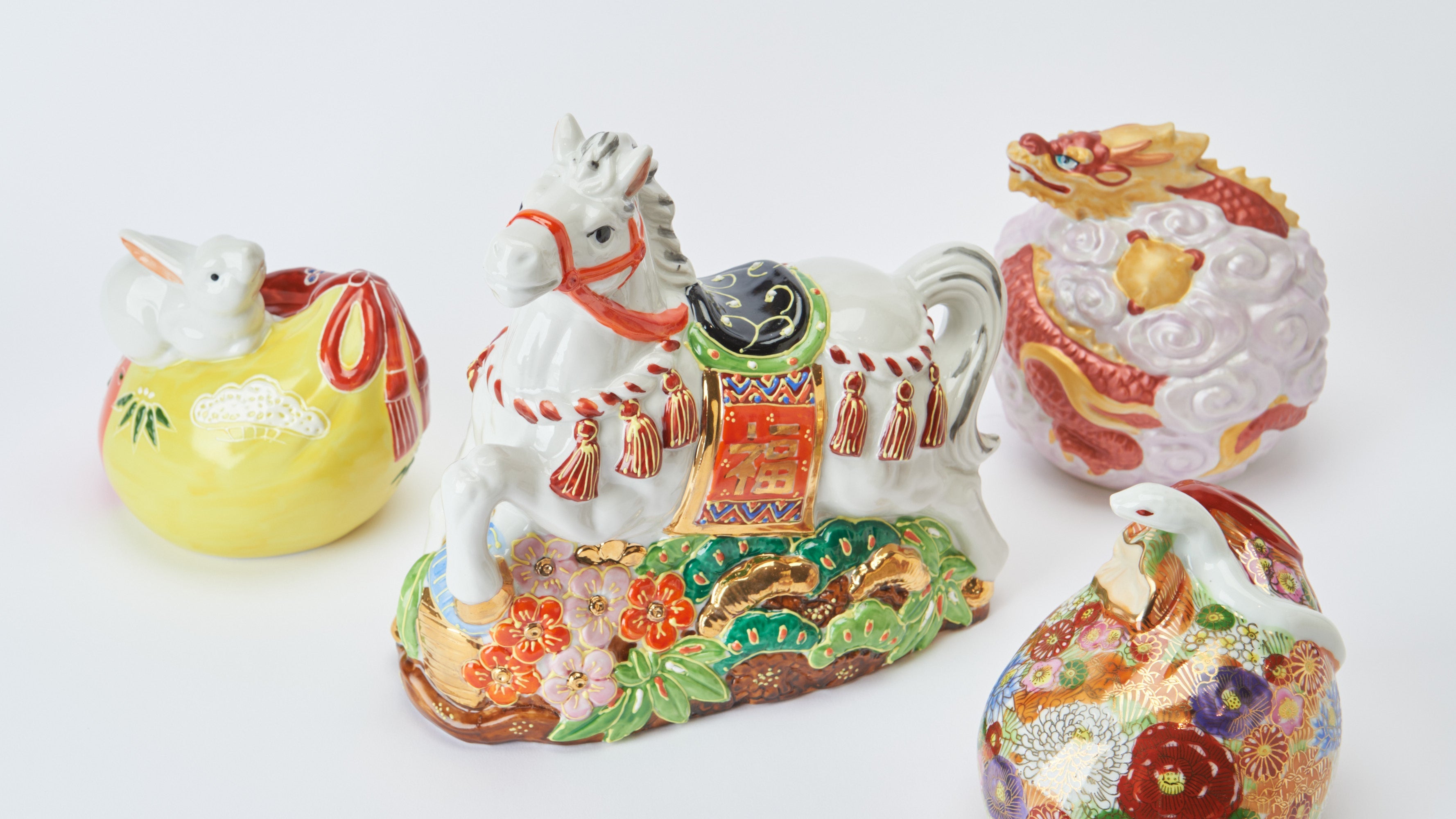
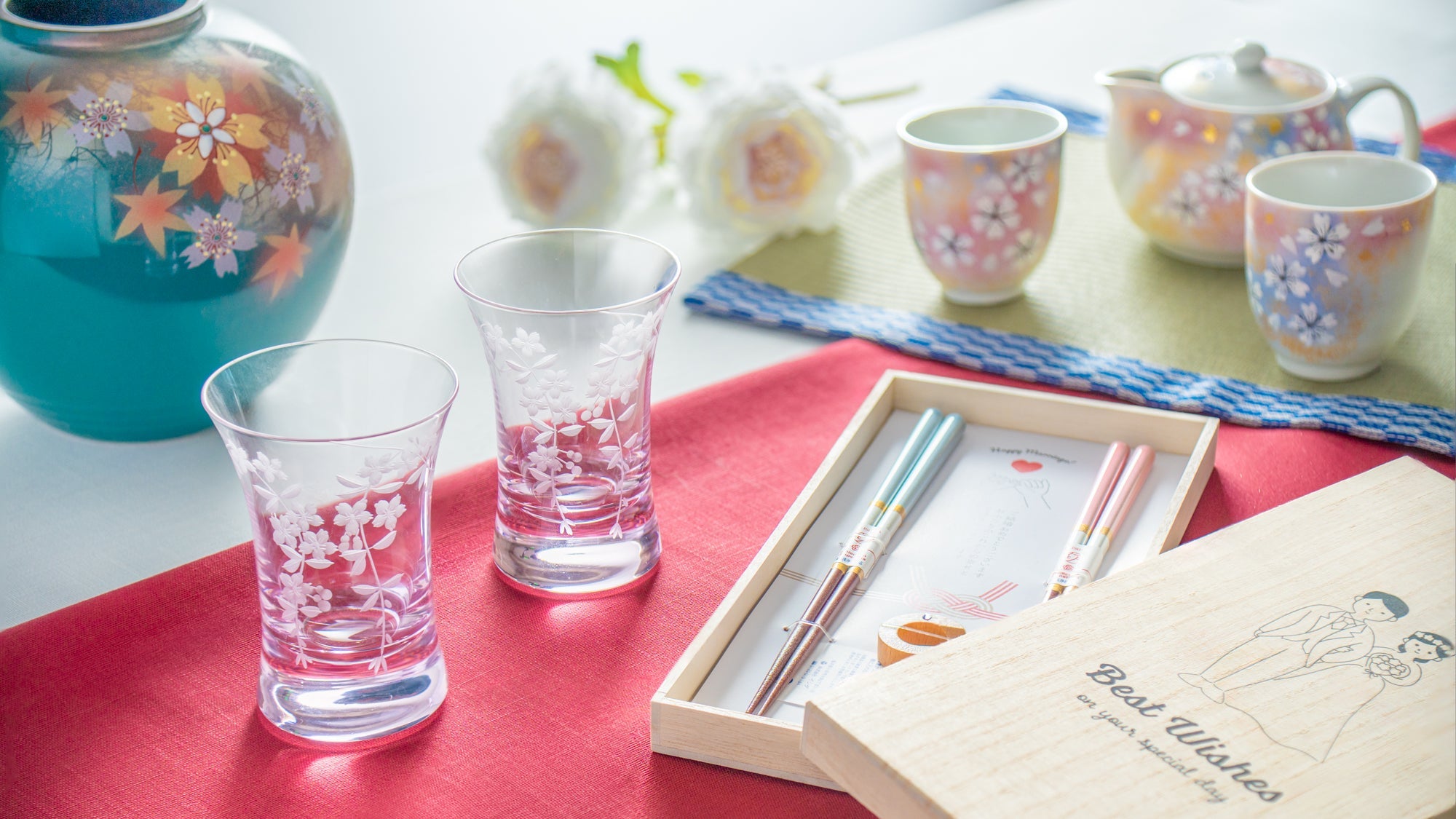

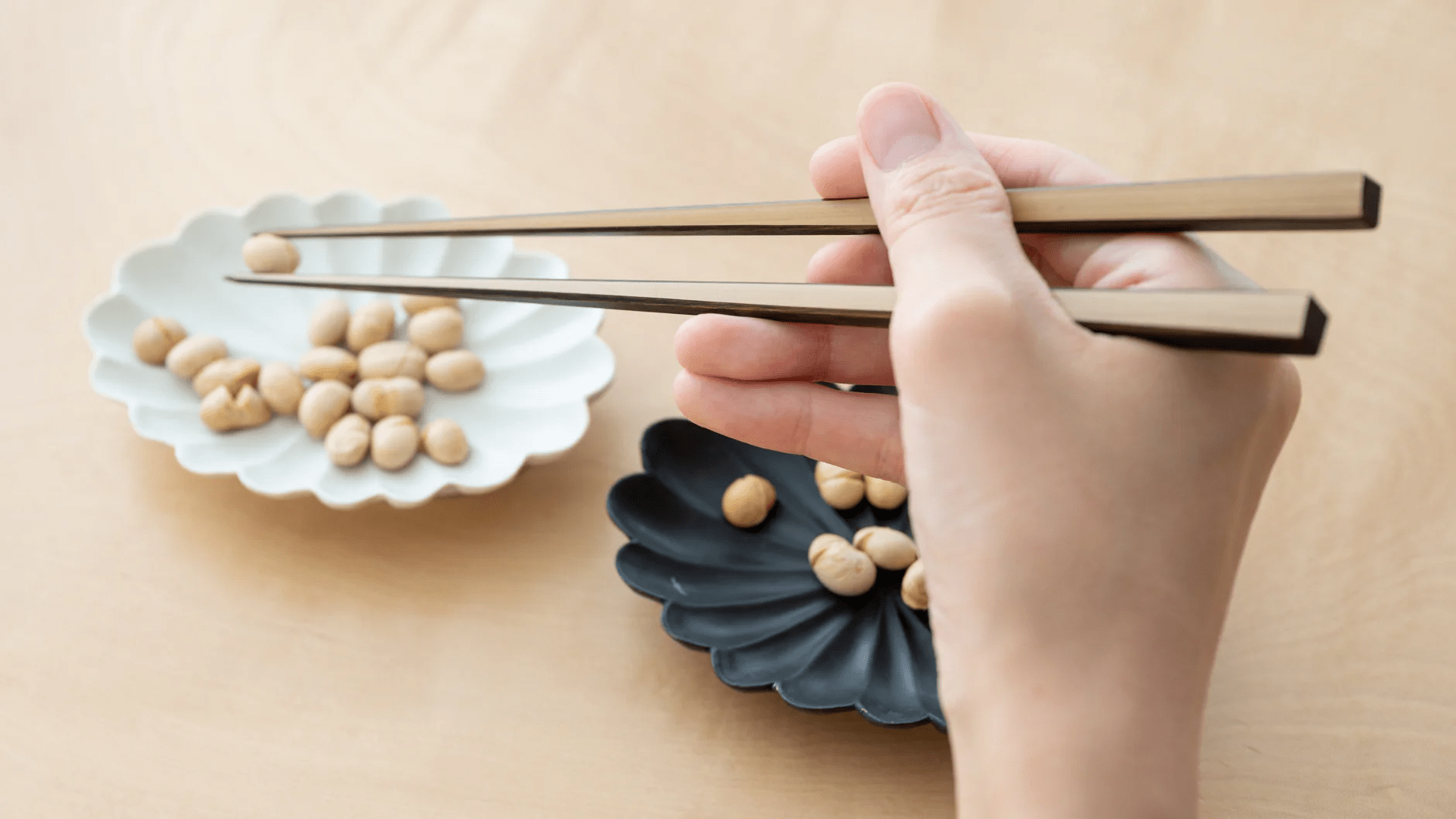
Leave a comment
This site is protected by hCaptcha and the hCaptcha Privacy Policy and Terms of Service apply.